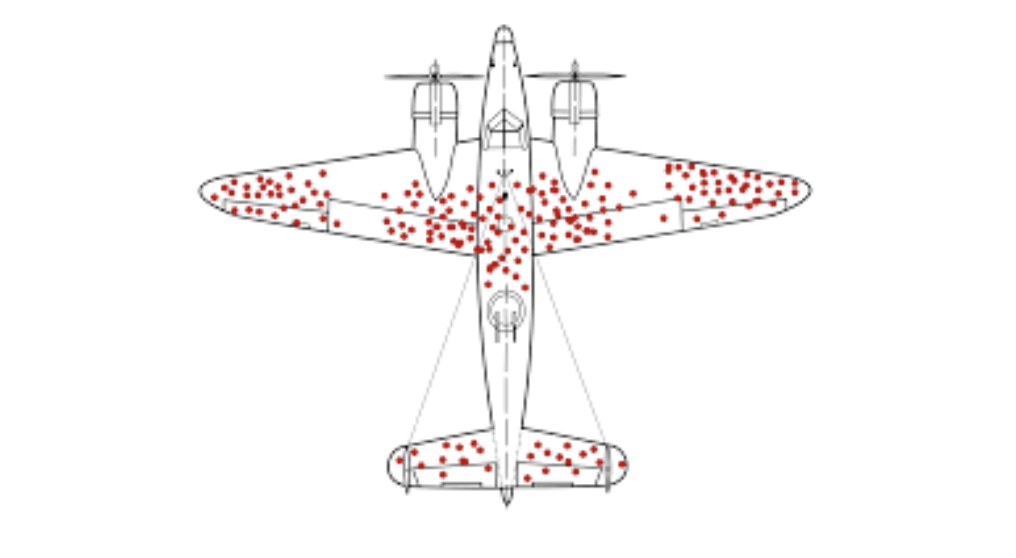By Jonathan Ram, Year 13
The concept of survivorship bias is one of the most prevalent and important cognitive shortcuts which can change our outlook on different situations. It is frequently used in gambling, entrepreneurship, and even in military operations. Survivorship bias comes into play when we only rely on “surviving” data that has gone through some kind of selection process before being analysed, and not consider the data set that was left behind. Of course, this can frequently impact and massively change our interpretations because it is easier for people to identify and analyse the “selected group,” and the ones left behind go unnoticed.
For example, in the world of entrepreneurship, the vast majority of students will only study successful start-up projects, while unintentionally disregarding all of the others who failed. This is rather ironic as millions of students studying entrepreneurship believe that they will be successful, despite Forbes claiming that 90% of startups end up failing. In this case, only studying the group of successful startups is an example of survivorship bias, and unfortunately, most students as a result will believe, “if they can do it, so can I.” This optimism is a double-edged sword, because it is a (deceivingly) motivating factor for young entrepreneurs to set up their own businesses, but it is very unlikely that any of them end up being the next Bill Gates, Mark Zuckerberg, or Steve Jobs. A similar effect to this is seen in gamblers who all believe that they will be one of the few who succeeds, without taking into account the millions of predecessors who failed before them.
An interesting example of survivorship bias in history comes from World War II. WWII saw some of the most brutal fighting of all time, whether it was on the ground, at sea, or in the sky. One of the most brutal battles of WWII was the battle of Britain, between the British and the German Luftwaffe. This battle caused more than 40,000 deaths of civilians and even more military personnel, from hundreds and even thousands of planes being shot down. One solution to reducing this huge number of casualties was just to armour the planes more heavily, so they could resist more shots from oncoming Luftwaffe planes. However, the planes still needed to be able to fly, so the British had to choose where the most important parts of the airplanes were and reinforce those parts. One British mathematician, Abraham Wald, thought that he could solve this problem by analysing where the bullet holes were on the planes that returned back to the army bases. He thought that he should armour the areas with the most bullet holes such as the wings and body of the planes, in an attempt to have fewer airplanes shot down. However, his idea failed miserably.
What Wald did not realise was that there was something special about the planes that returned home: the fact that they managed to return despite being shot in those areas. Concretely, this means that those damages weren’t vital, and so the planes could fly back with them. Therefore, it would have made more sense to reinforce the areas where there weren’t any bullet holes, like the tail, engines, and nose of the plane, as presumably the planes that were shot there were the ones that couldn’t return home, as those damages were fatal. After the British realised this, they changed the areas in which the planes were more reinforced which resulted in much less casualties and crashed planes.
The moral of the story is that it is extremely important to choose your sample size correctly by asking yourself “what can’t I see in this data sample?” and in doing so, try to eliminate any possible sources of error that could be evident in your evaluation of the data sample.
Battle of Britain: https://uk.forceswarrecords.com/go/the-battle-of-britain



